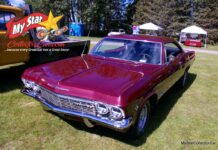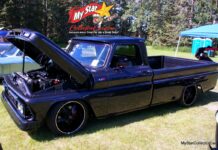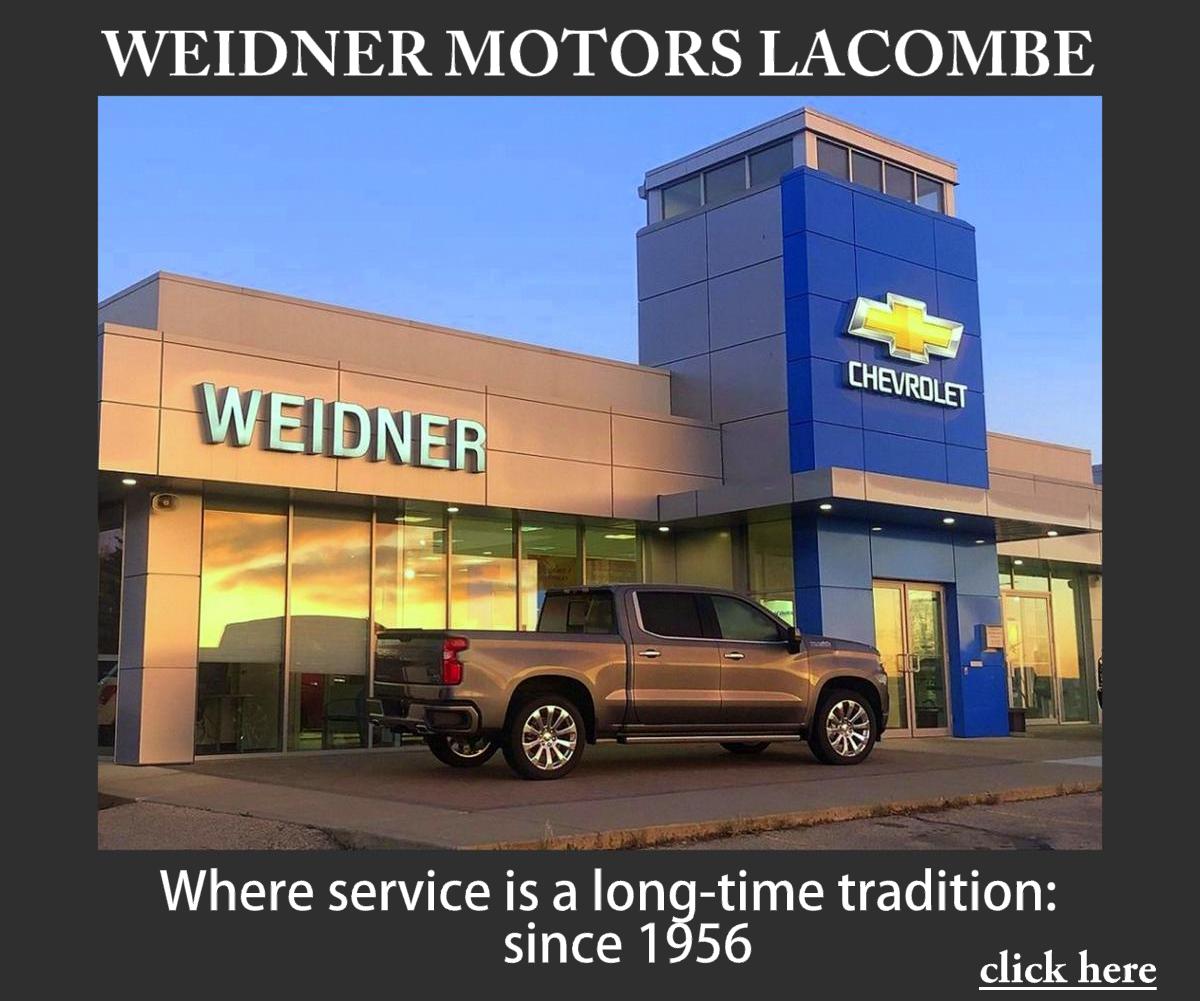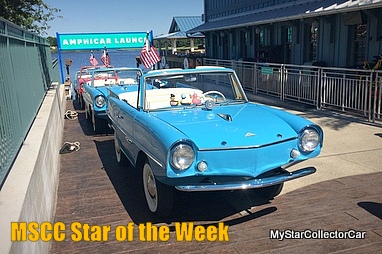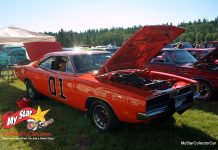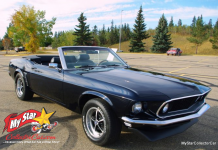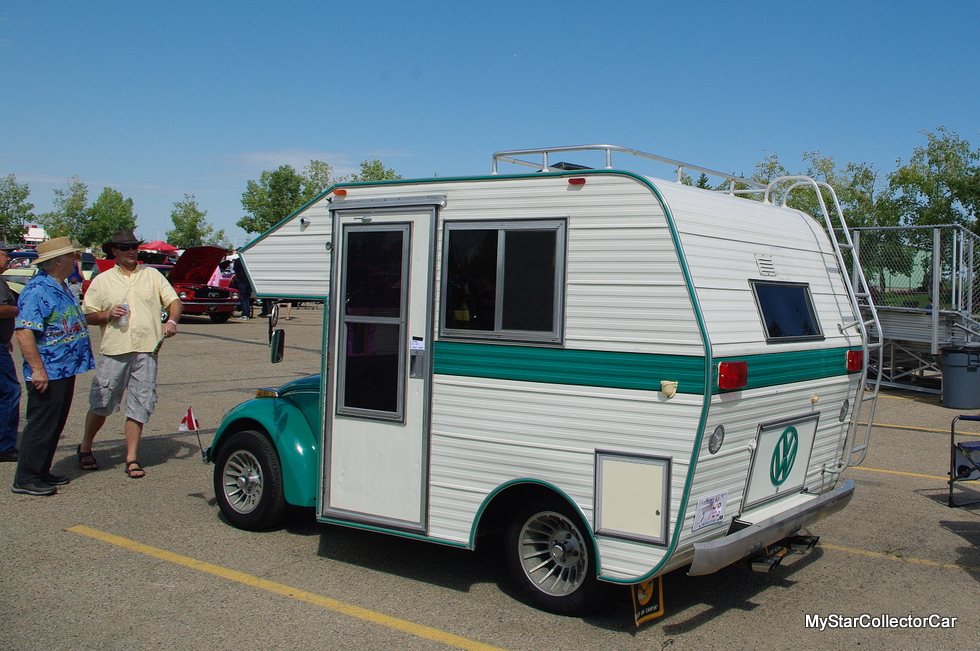Dodge recently introduced a 3.0 twin-turbocharged inline-six called the Hurricane.
The HO version of the Hurricane pumps out a very respectable 500 horsepower, so this engine is an inline beast.
The Hurricane is Detroit’s latest version of a straight-six, but it’s not the first—here are five examples of legendary inline sixes from the past.
Jerry Sutherland
The first example is the 230 cubic inch Turbo-Thrift straight-six from Chevy.

This version of the original stovebolt (named for the valve and timing cover bolts) straight-six debuted in 1963 was based on an engine that went back to 1929.

The Turbo-Thrift became the go-to engine for entry-level Chevys, and it added 20 cubic inches in 1966. This bulletproof six-banger lived on in a 292-cubic-inch version in trucks until 1989. Chevy knew their rock solid six-cylinder was a winner.
The second example is the Chrysler Slant-Six.
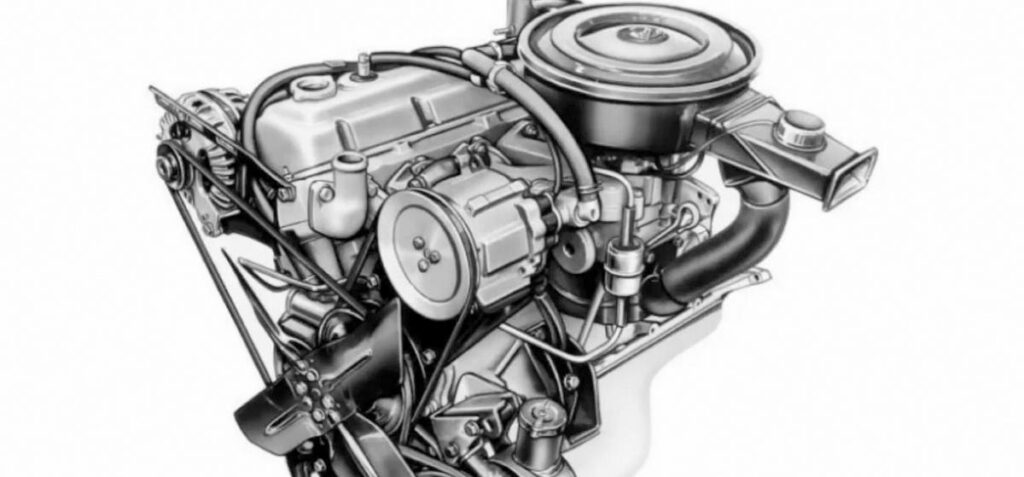
This engine debuted in the 1960 Valiant to take on all comers in the compact car wars. It replaced the eternal flathead six that Chrysler used for decades. They needed an engine that fit under the low-slung hood of the new Valiant, so they tipped their new six 30 degrees to clear the hood.
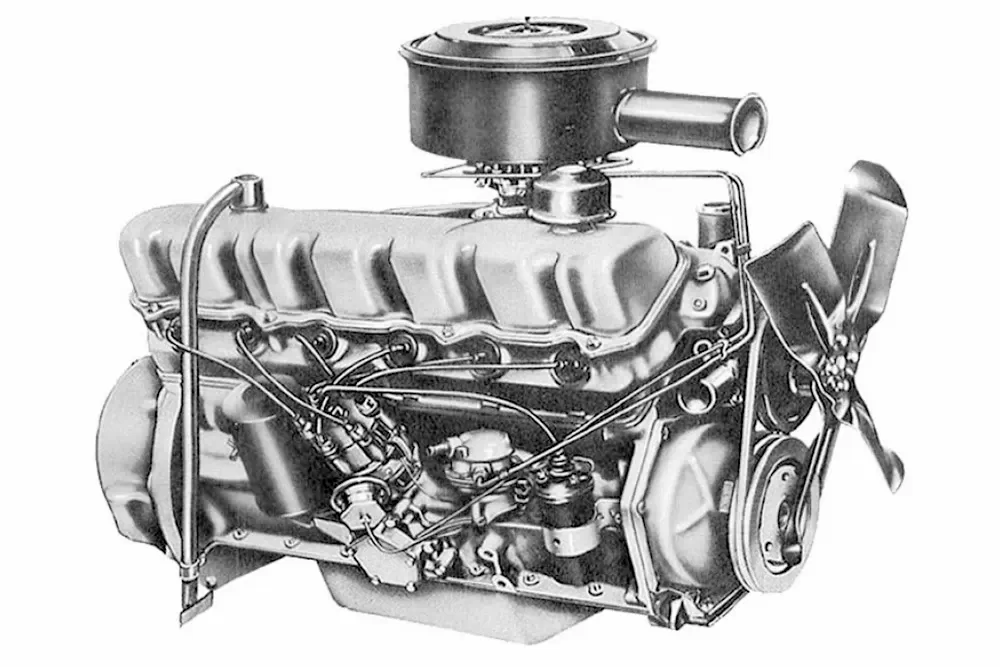
The initial version of the ‘Leaning Tower of Power’ had a mere 170 cubic inches, but Chrysler upped the game to 198 and 225 cubic inches. You could get some serious horsepower out of these slanties—in factory and modified forms. The biggest feature of the slant-six was its incredible dependability, so Chrysler used them for decades—ending in the 1987 Dodge trucks. Smog laws killed the Slant Six—not lack of demand.
The third classic inline six is the 300 cubic inch Ford.
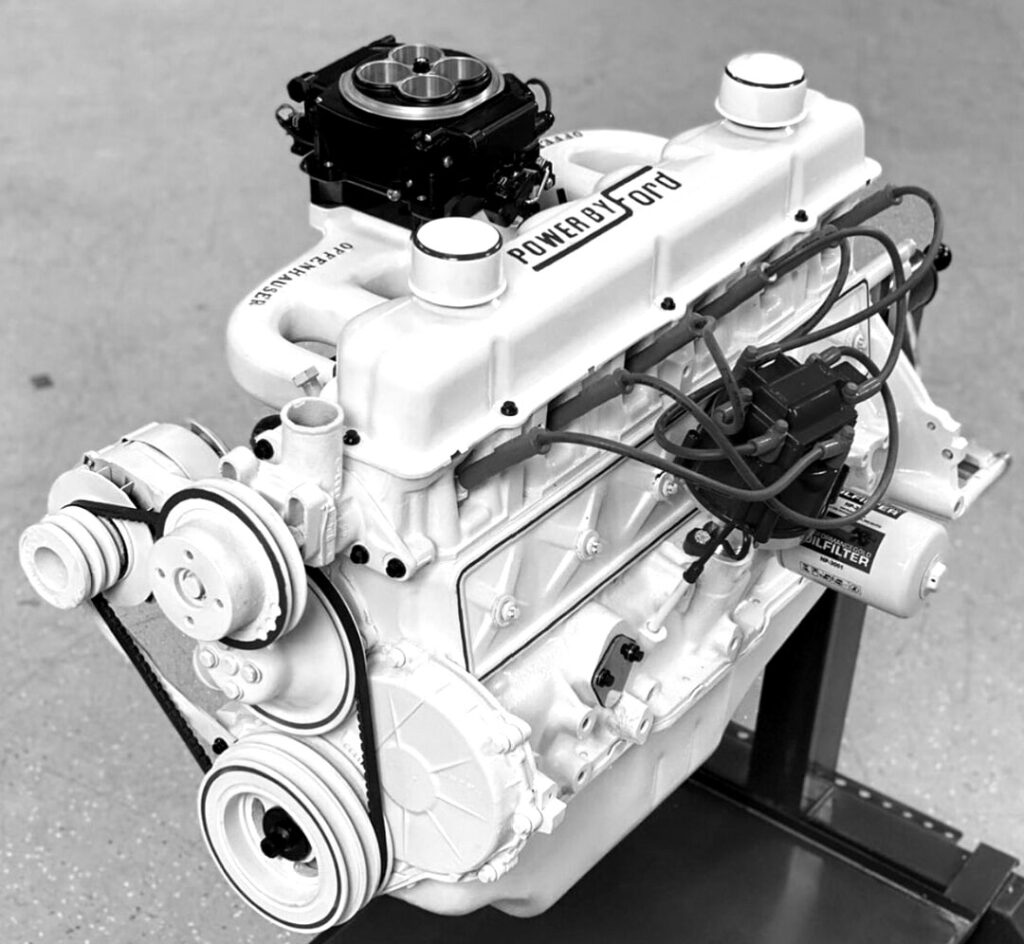
This was designed to be a truck engine when it debuted in 1965, and it lasted for 31 years. The 300 was big for an inline six because trucks needed more low-end torque so this was the perfect engine.

Buyers weren’t looking for 0-60 times—they were looking for an engine that could pull stumps out of the ground. They were also looking for dependability and ease of maintenance—the definition of the 300 cubic inch Ford. This engine built its reputation in the real world, and it still has fans around the globe.

The fourth classic straight-six was the Pontiac 230 cubic-inch OHC (overhead cam) Sprint Six.
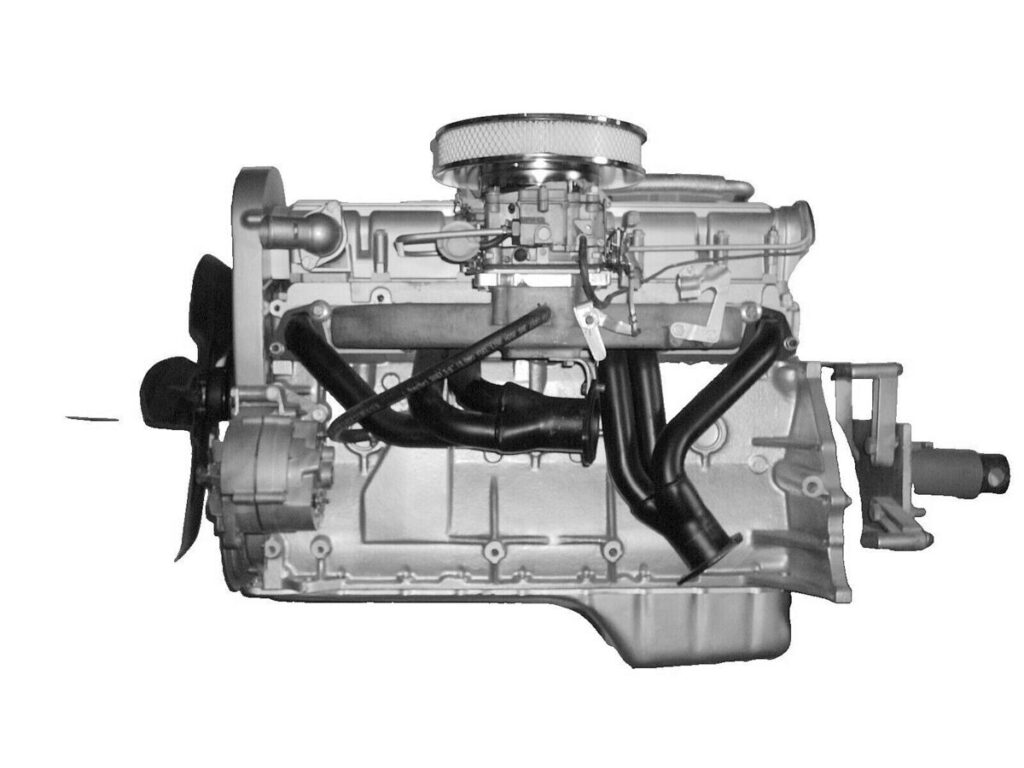
They plunked these advanced-tech engines in Pontiacs from 1966-69. The idea was to get more power and better fuel economy from the same engine. They do that all the time in 2025, but 60 years ago new tech wasn’t a priority at Detroit.

John DeLorean (Mr. GTO) spearheaded this updated six-banger project, and he got results. This Poncho six pumped out a remarkable 165 horsepower in its mildest form—the Chevy 230 was 25 horsepower less. The Sprint option took the horsepower up to 207 horsepower—the final number was 250 horses in 1969. Extra costs doomed the OHC six, but it left a big legacy behind.
The final entry in the straight-six legends gallery is the 232 cubic-inch AMC six.
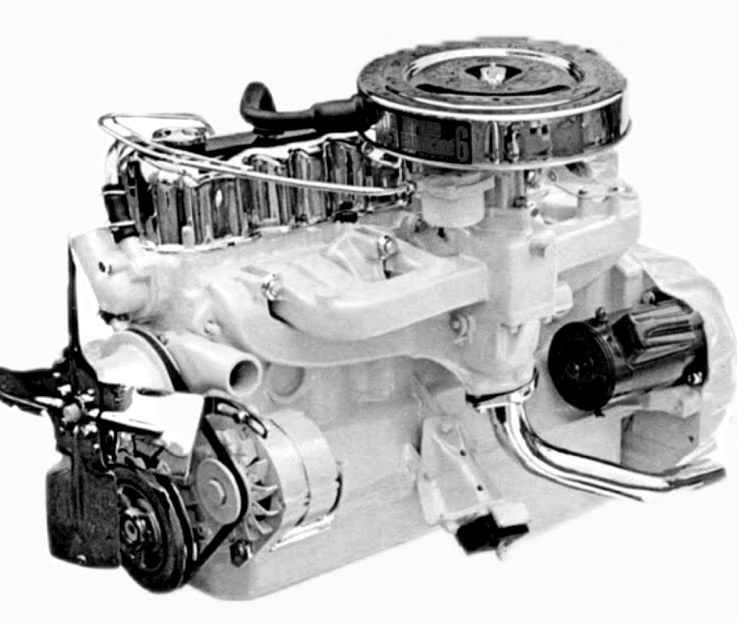
The ‘Torque-Command’ debuted in 1964 to replace the Nash flathead 6-banger AMC used up to that point. It was AMC’s entry into the modern OHV (overhead valve) 6-cylinder economy wars, and it was an instant winner.
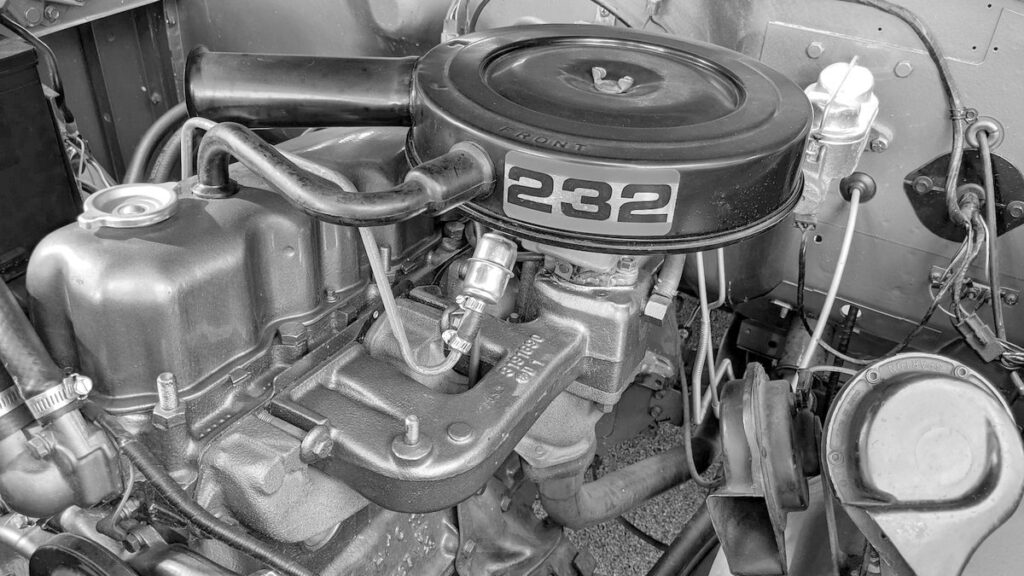
Drivers liked how quiet and smooth these new engines were and AMC kept versions of the engine alive until 1987. Jeeps with that engine are very popular because they were smooth, bulletproof. and pumped out decent mileage.

The straight-six-cylinder engine is the unloved puppy in the engine litter, but every manufacturer had a 6 in the lineup for one basic reason.
Not every customer wanted a muscle car.
Jerry Sutherland
By: Jerry Sutherland
Jerry Sutherland is a veteran automotive writer with a primary focus on the collector car hobby. His work has been published in many outlets and publications, including the National Post, Calgary Herald, Edmonton Journal, Ottawa Citizen, Montreal Gazette, Saskatoon StarPhoenix, Regina Leader-Post, Vancouver Sun and The Truth About Cars. He is also a regular contributor to Auto Roundup Publications.
- CLICK HERE TO SIGN UP FOR THE NEWSLETTER
- CLICK HERE to Like us on Facebook
- CLICK HERE to Follow us on Twitter
- CLICK HERE to Follow us on Pinterest









